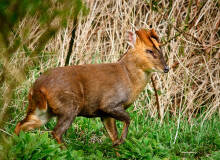
The scientific name of the Bornean Yellow Muntjac is Muntiacus atherodes, and its foreign names are Bornean Yellow Muntjac and Bornean Yellow Muntjack. It has only been recognized as an independent species in recent years. Its antlers are only 7 cm long, which is smaller than those of ordinary muntj...
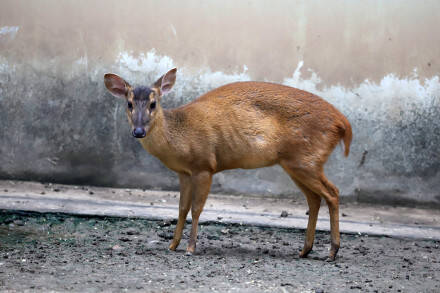
Muntiacus reevesi (scientific name: Chinese Muntjak, Formosan Reeves' Muntjac, Reeve's Muntjac, Reeves's Muntjac), has three subspecies and is a small deer animal.The activity pattern of the small muntjac is similar to that of the red muntjac. It is an animal active during the day, and i...
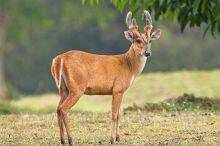
Red Muntjac (scientific name: Muntiacus muntjak) is also known as Bornean Red Muntjac. It has 17 subspecies and is the largest species among muntjacs.Red muntjacs often appear around the forest, especially in the morning and evening, and are less active during the day. Their calls are rarely heard f...
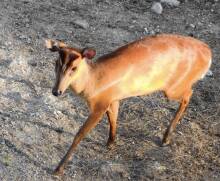
Fea's Muntjac (scientific name: Muntiacus feae) is also known as Fea's Muntjac and Forest muntjac in foreign languages. It has no subspecies.Philippine muntjacs often move alone, and when startled, they often swim across streams and hide in the forest on the other side. When frightened by pr...
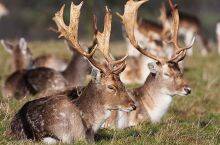
Fallow Deer (scientific name: Dama dama) has two subspecies.Male fallow deer in estrus will expand their territory, and female fallow deer will join them. The population can reach up to 150 at most. They like to live in groups and are particularly good at running. Fallen deer herds have no concept o...
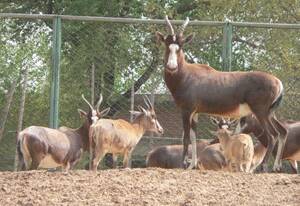
The scientific name of the Persian fallow deer is Dama mesopotamica, and its foreign names are Mesopotamian Fallow Deer and Persian Fallow Deer. They were introduced to Cyprus in the Neolithic Age. They are found in many places, including Kirokitia. There are Greek records in 200 that they swam acro...

Barasinga (scientific name: Rucervus duvaucelii) is also known as Barasinga and Swamp Deer in foreign languages. It has three subspecies.Swamp deer are herbivores, feeding mainly on grass and aquatic plants, and also eating sugar cane, reeds and crops. The activity time is mainly concentrated in the...

Rusa timorensis (scientific name: Javan Deer, Javan Rusa, Rusa, Rusa Deer, Sunda Sambar, Timor Deer, Cerf de Timor in French, Sambar de Java in Spanish, Mähnenhirsch in German, with 7 subspecies.Where hunting or other disturbances are not a big problem, ibex are primarily nocturnal, gathering in la...
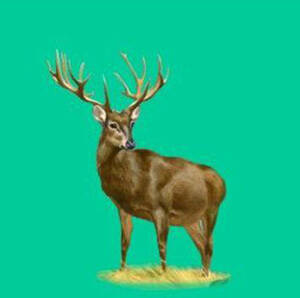
Schomburgki (scientific name: Rucervus schomburgki) is a species of deer native to Thailand. It is the only species of red deer that does not migrate. This is because they live in the tropical rainforest in southwestern Thailand, where vegetation is lush all year round and they can get enough food w...
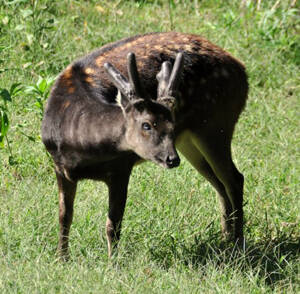
Philippine sambar deer (scientific name: Rusa alfredi) English Philippine Spotted Deer, Prince Alfred’s Spotted Deer, Visayan Spotted Deer, German Prinz-Alfred-Hirsch, no subspecies.Philippine Sambar Long overlooked as an obscure and poorly known regional variant of the widely distributed sambar de...
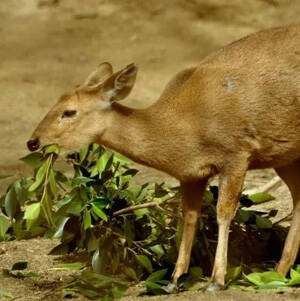
The Calamian Hog Deer (Axis calamianensis) is one of three species of deer native to the Philippines, the other two being the Philippine Brown Deer (Cervus mariannus, Rusa marianna) and the Philippine Water Deer (Cervus alfredi, Rusa alfredi). The word "豚" means piglet, and also refers to...

The Ba Island spotted deer (Axis kuhlii) is a deer endemic to the Indonesian island of Bawean. Its scientific name is in honor of the German zoologist Heinrich Kuhl.Until the 19th century, the number of Ba Island spotted deer was still relatively large. In the second half of the 20th century, as the...
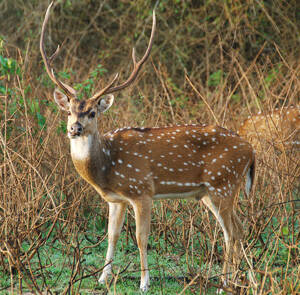
The scientific name of the spotted deer, Cervus axis or Axis axis, is active all day long and feeds on tender shoots. Its natural enemies include wolves, Bengal tigers, and Asiatic lions. It will sound alarm calls when frightened. The spotted deer like to live in groups, usually consisting of adult...
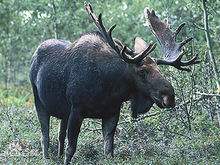
Moose, whose foreign name is Moose, has 8 subspecies and is the tallest deer in the world.The number of prongs in a moose's antlers is related to age. New horns are born between 6 and 8 months of age. The newly born horns are single branches, called cone horns. In the third year, 2 forks separat...
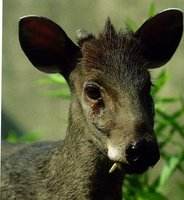
The Latin name of the tufted deer is Elaphodus cephalophus, which has three subspecies and is a small deer.Tufted deer live in hilly areas in mountainous areas, lush bamboo forests, mixed bamboo and broadleaf forests, and thatched slopes. They don't like humidity. After spring, they mostly stay...
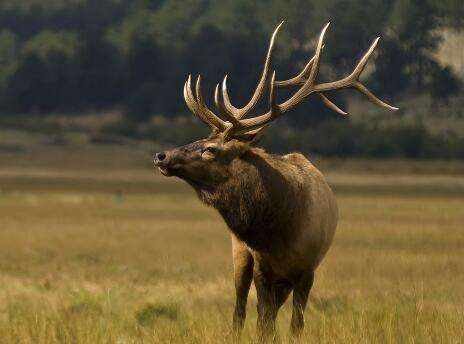
Milu [mí lù], also known as Pere David's Deer in foreign languages, is the only deer species in the Cervidae family and the genus Elk. This animal has a history of about two to three million years. Historically, there were five species of elk, namely the Bicha species, the Lantian species, the...
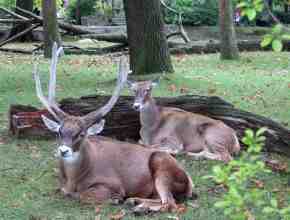
White-lipped Deer is a species endemic to the Qinghai-Tibet Plateau, with no subspecies. It is the deer species with the highest altitude.White-lipped Deer like to move around in the open space and forest edge, and have very sensitive sense of smell and hearing. Because its hooves are wider than tho...

Eld's deer, whose Latin name is Cervus eldii, is a medium-sized deer with three subspecies. It is similar in appearance to sika deer, but smaller in size, with fewer spots, and a more slender neck, body and limbs, making it look particularly agile.Eld's deer like to live in groups, but males...
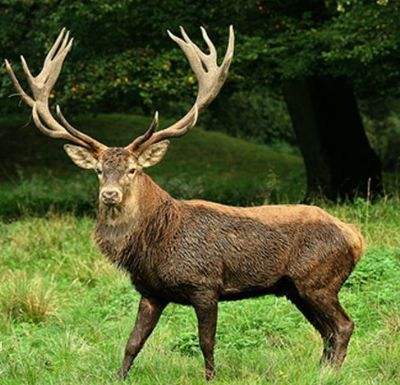
Tarim Red Deer, also known as Bactrian Deer, is of medium size and short body. It is the only subspecies of red deer that lives in desert landscapes.Tarim red deer have unique adaptability to the desert area of the Tarim Basin, that is, they are particularly resistant to heat, drought, strong winds,...
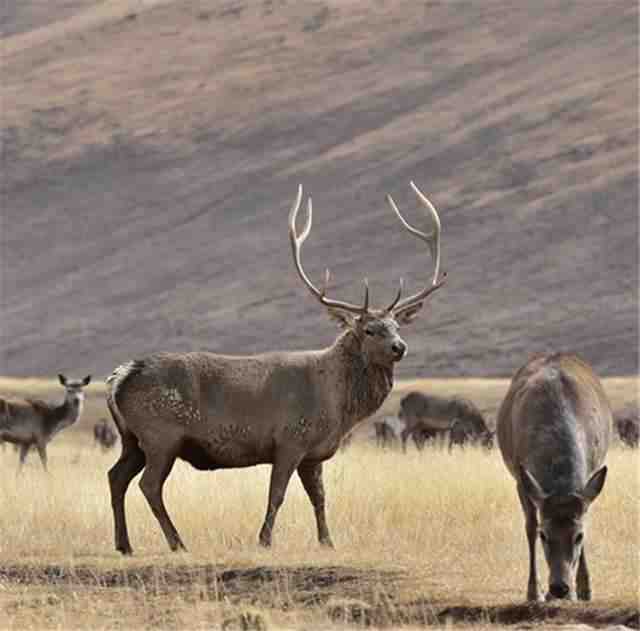
The Tibetan red deer, Shou Cervus in English, is a species endemic to the Tibet Autonomous Region. It was first discovered in Sikkim, so it is also called Sikkim red deer. .Tibetan red deer have migratory habits. In winter and spring, they mainly move in alpine shrubs and alpine meadows at an altitu...